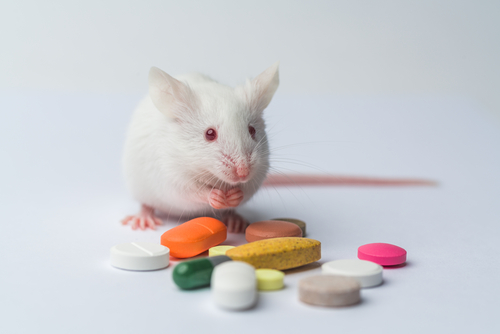Common Sugar, a Food Additive, Seen to Ease Brain Inflammation in Mouse Model of Sanfilippo IIIB

A common sugar often used as a food additive was seen to ease inflammation in the brain and retina, and extend the life of Sanfilippo disease IIIB (mucopolysaccharidosis IIIB) mice in a preclinical study.
The study, “Trehalose reduces retinal degeneration, neuroinflammation and storage burden caused by a lysosomal hydrolase deficiency,” was published in the journal Autophagy.
Mucopolysaccharidosis are a group of genetic disorders characterized by the loss or impaired function of enzymes involved in the breakdown of a group of sugar molecules called glycosaminoglycans.
As a result, partially broken down sugar molecules accumulate within cells, specifically inside the lysosomes — compartments in a cell that digest and recycle various types of molecules.
Strategies used to restore to normal the levels of the missing enzyme, including enzyme replacement therapies, gene therapy, and stem cell transplants, have limitations and carry a risk of severe side effects.
Baylor College of Medicine researchers used a common sugar molecule, called trehalose, as an alternative option to treat this type of Sanfilippo.
Trehalose is a small compound that can reach the brain when given orally, and is known to promote autophagy — a process used by cells to dispose of their waste.
Given its proprieties, the team hypothesized that trehalose might enhance cells’ ability to eliminate the abnormally accumulated waste and glycosaminoglycan molecules.
“We explored a way to treat this condition with a nontraditional approach. Instead of correcting the enzyme deficiency, we would try to overcome it by enhancing the cells’ natural ability to discard cellular waste,” the study’s senior author, Marco Sardiello, PhD, said in a university news article by Allison Mickey.
Similar to the human disease, mice genetically engineered to lack NAGLU — the gene that encodes the enzyme responsible for breaking down glycosaminoglycans — showed progressive nerve cell degeneration, loss of vision, brain inflammation, and had shorter lifespans.
Trehalose was added to drinking water given the mice starting when they were 1 month old. The treatment significantly improved survival by 6.4 weeks compared to a placebo mouse group, without affecting weight or promoting any obvious adverse side effect.
Trehalose also prevented the progressive degeneration of nerve cells responsible for visual acuity, while reducing inflammation in the retina and in the brain.
Treated animals also demonstrated less hyperactivity and anxiety-related behavior at early stages of disease progression.
“Loss of vision is one of the most devastating aspects of some lysosomal diseases. In animal models, treatments based on enzyme replacement therapy do not reach the brain and do not counteract loss of vision,” said Parisa Lotfi, PhD, the study’s first author.
Trehalose’s benefits were mediated by activating the natural autophagy process of cells, via a transcription factor called TFEB, which helped to clear out accumulated toxic elements.
“Because no disease-modifying therapies are currently available for MPS IIIB or related disorders, this study establishes a viable new approach that could be tested either alone or in combination with other approaches under development,” the researchers wrote.






